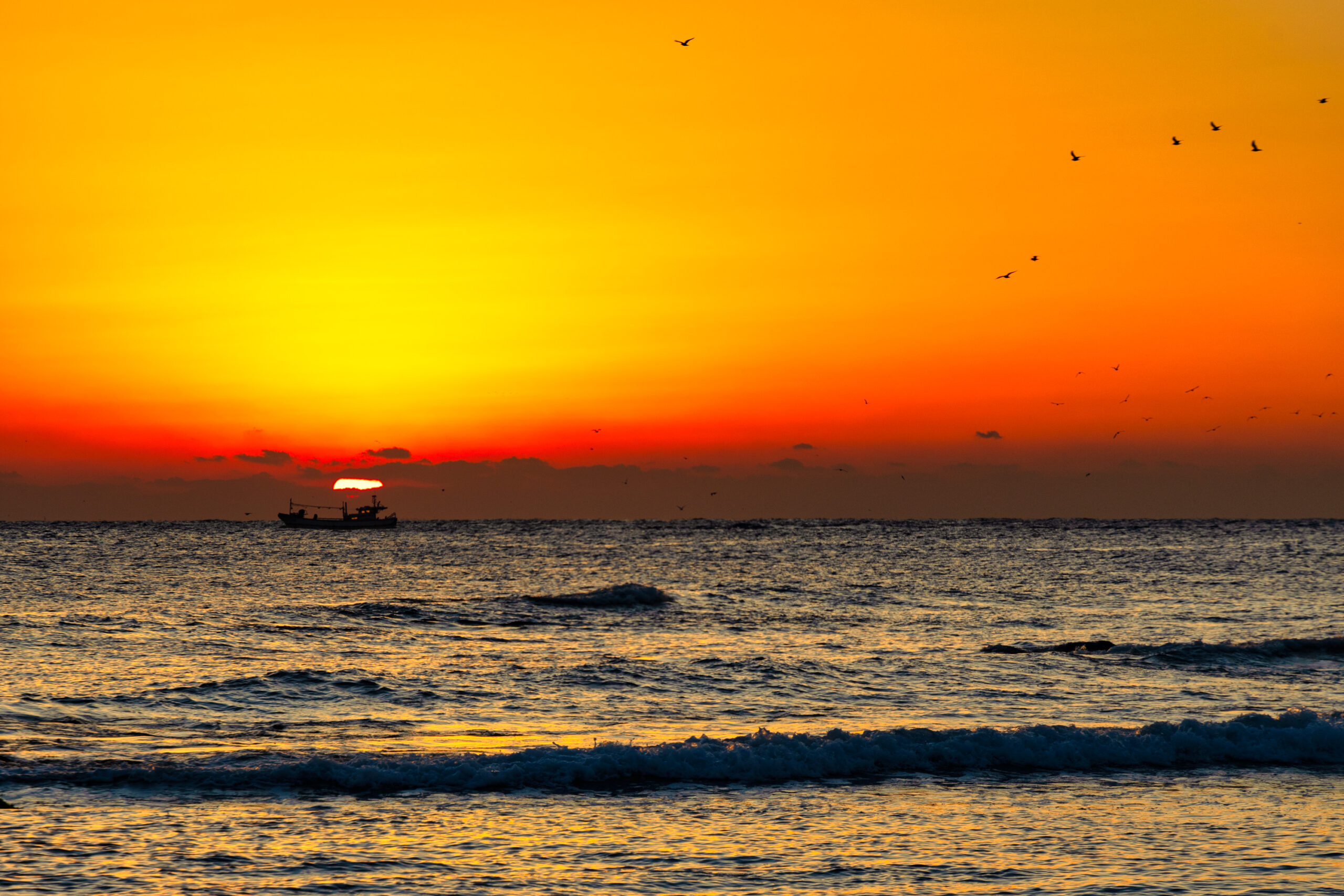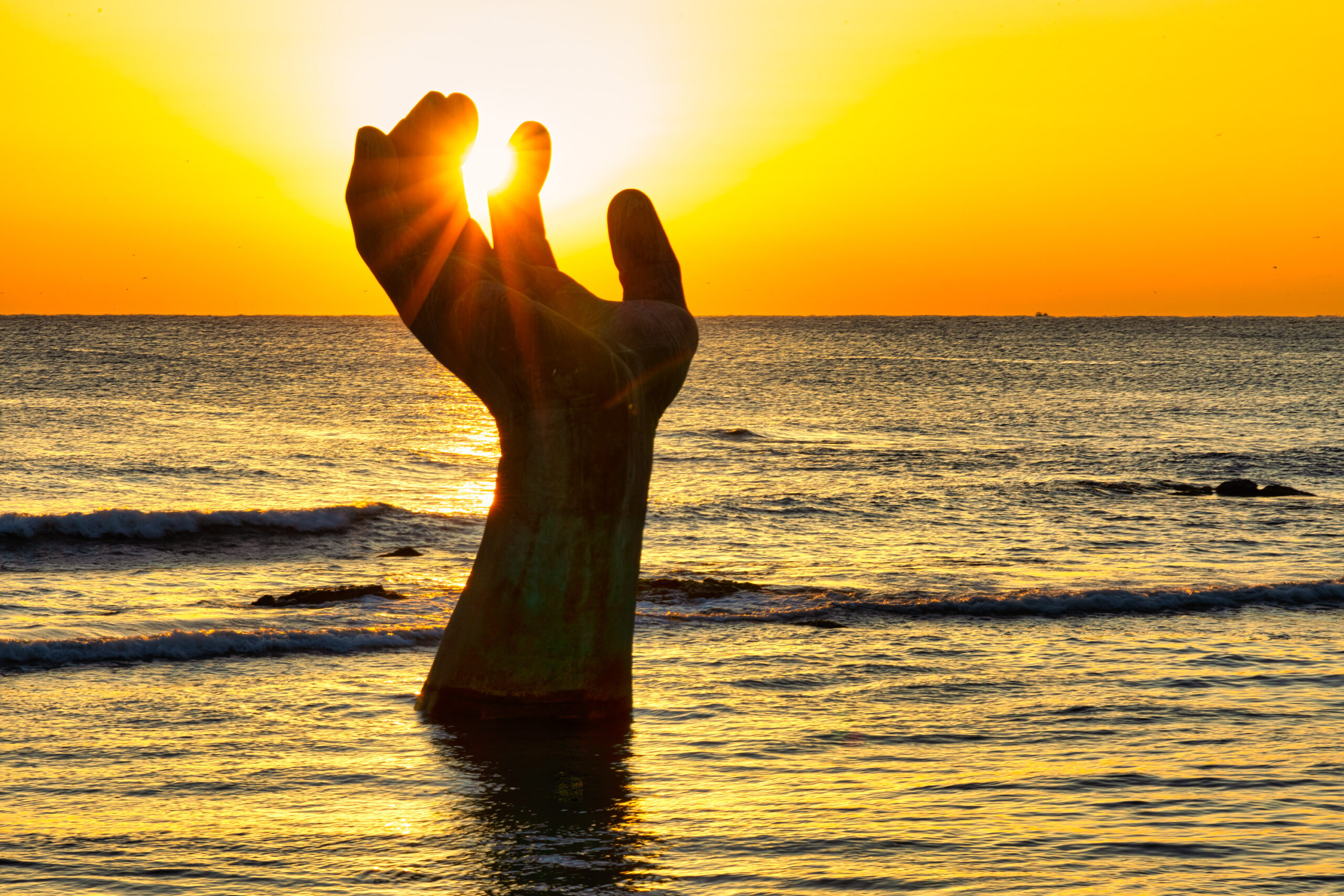There’s something about Homigot that almost defies explanation. It’s not just a park or a tourist spot—it’s a monument to beginnings. Marked as the easternmost point of South Korea, it’s the first place the sun graces each day. Sure, folks in Ulsan like to argue that Ganjeolgot holds that honor, but facts are facts: Homigot gets the first light.
On any given morning, outside of the New Year’s Day frenzy, you’ll find a lineup of photographers braving the chill to capture that perfect shot. Most of them will train their lenses on the right hand of the iconic Sangsaeng’s Hand sculpture. It’s this surreal, bronze limb jutting out of the ocean, as if some mythical creature is reaching for the heavens. The left hand sits on land, but let’s be real—it’s the sea-bound hand that gets all the love. And rightly so. It’s eerie, majestic, and weirdly comforting all at once.

If you’re planning to shoot here, bring a wide-angle lens to capture the full scene. For sunrise shots, start with a smaller aperture like f/11 to keep everything in focus and let the details shine. A tripod is non-negotiable—you’ll need it for stability in low light.
The hands were installed in December 1999 to usher in the new millennium, carrying the message of coexistence and harmony. “Sangsaeng” translates to living together, and the sculptures embody reconciliation, connection, and hope. You could wax poetic about the symbolism, but at the end of the day, it’s a giant hand in the water, and that’s just damn cool.
The Drive: A Ritual in Itself
For me, the real magic of Homigot starts before I even get there. The drive in the early morning hours—empty roads, soft light breaking over the horizon—is a ritual. The newer expressway has made the journey faster, but the last stretch along the coast through Guryongpo still holds that charm. The salty breeze, the occasional fishing boat in the distance, and the anticipation of what the sunrise might bring make the drive as memorable as the destination.

Photographing Homigot: Easy to Start, Hard to Master
If you’re new to photography, Homigot is a dream. That hand in the water does half the work for you. Frame it with the rising sun, and you’ve got a postcard-worthy shot. Use a circular polarizer to cut through glare on the water and make the colors pop. If you’re shooting long exposures, pack a neutral density (ND) filter to smooth out the waves and add drama to the scene.
But for seasoned photographers, the challenge is finding a new angle. I’ve tried everything over the years: long exposures, cinemagraphs, drone shots, unconventional angles. And yet, the classic composition remains the most balanced and striking. It’s a reminder that sometimes, simplicity wins.
A Morning of Farewells
This particular visit to Homigot wasn’t just about the sunrise or the photos. It was about saying goodbye. My good friend and fellow photographer Lee Kelly was heading back to the States after over two decades in Korea. Lee wasn’t just another guy with a camera. He had energy, skill, and a level of commitment you rarely see. He’d drive halfway across the country with his dogs to join my photowalks, often with no sleep, fueled by pure passion and about 62 energy drinks.

That morning, as the sun climbed higher, I couldn’t shake the bittersweet feeling. Lee was one of the last remaining friends that I have the pleasure of hanging out with in person. As we sat there—two photographers with cold oatmeal, hot coffee and warm memories—I felt the weight of the moment. An era was ending.
Life’s Unscripted Moments
To make the morning heavier, I got a message from my mom. My brother had been diagnosed with leukemia and was starting aggressive chemotherapy. Our relationship is… complicated, to say the least. The news hit like a gut punch. Here I was, standing in one of the most serene places imaginable, trying to process a storm of emotions.
I snapped a few more photos, hugged Lee goodbye, and headed back to the car. The drive home was quiet, reflective. The photos on my camera were solid—they always are—but my mind was elsewhere. Sometimes, the most important shots are the ones you don’t take.
It is moments like these that reveal the true value of photography. It’s not just about capturing an image but appreciating the time you have—the cold mornings, the warm conversations, the fleeting connections. Photography isn’t just a hobby or a job; it’s a way of life. It reminds us to savor the moments, cherish our friends, and celebrate the beauty around us.
So take the time to appreciate those who stand beside you, drink some damn good coffee, and keep that shutter clicking. You never know when a goodbye might be your last.



 Chasing the Shot: How an Idea Becomes a Photograph
Chasing the Shot: How an Idea Becomes a Photograph Tongdosa: Light, Crowds, and a Bloody Shin
Tongdosa: Light, Crowds, and a Bloody Shin Moonlight and Mayhem: Shooting Changdeokgung on the Last Day of the Mega Chuseok Holiday
Moonlight and Mayhem: Shooting Changdeokgung on the Last Day of the Mega Chuseok Holiday